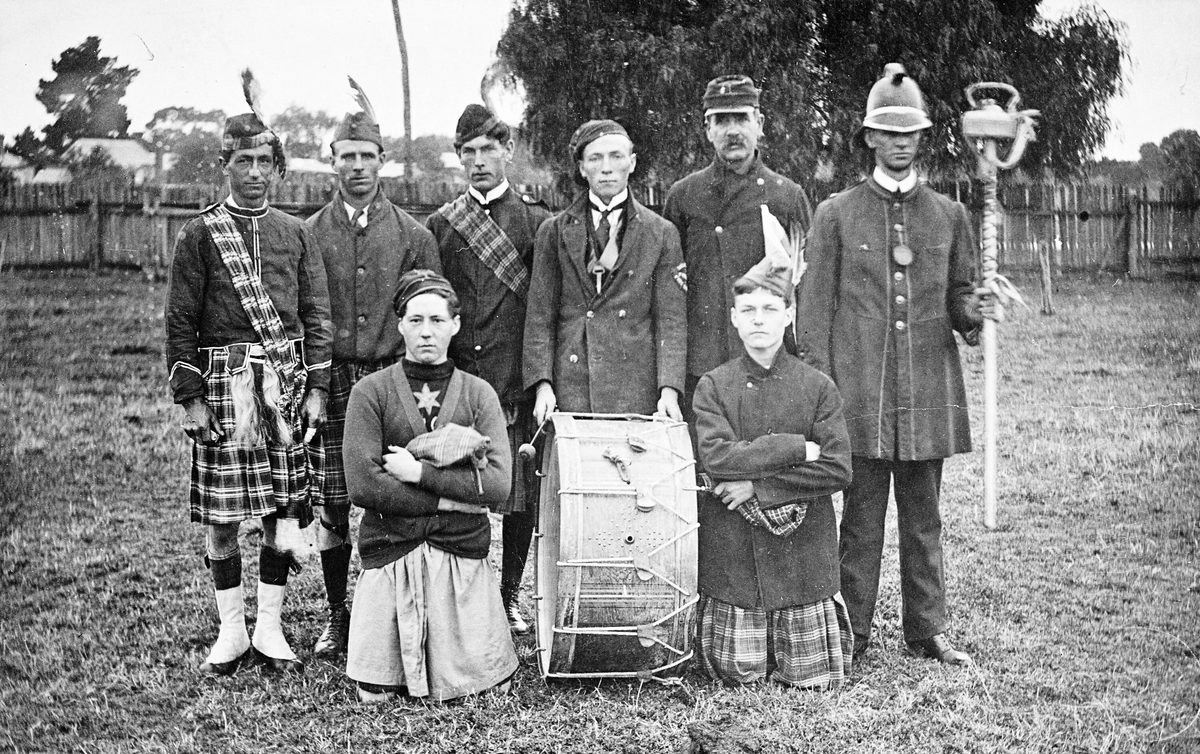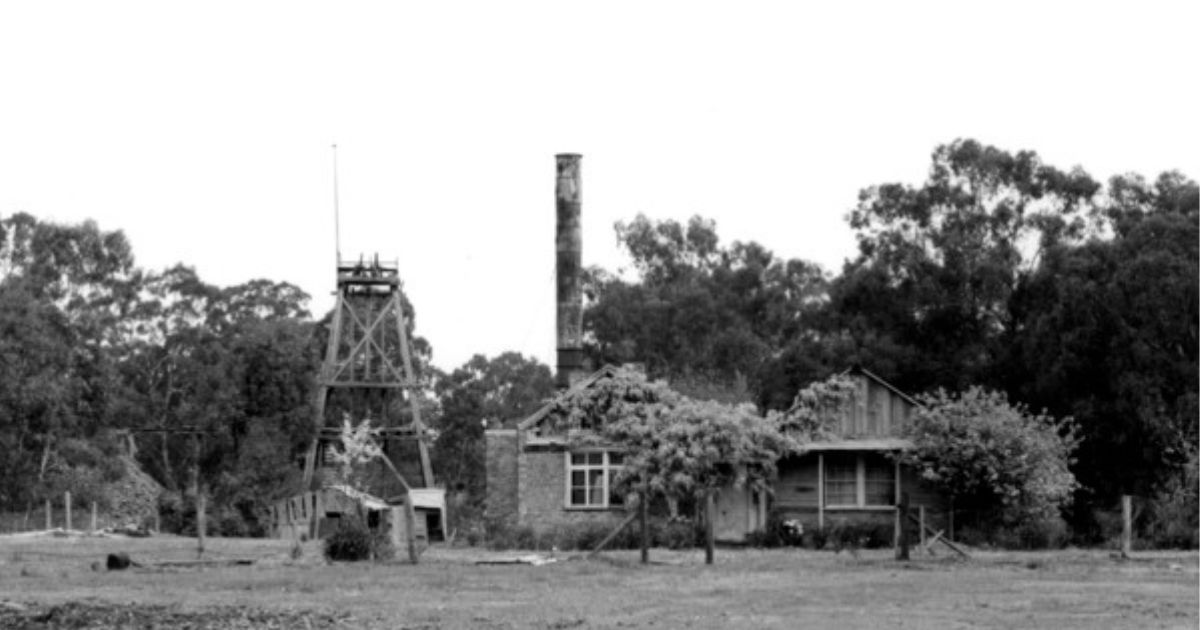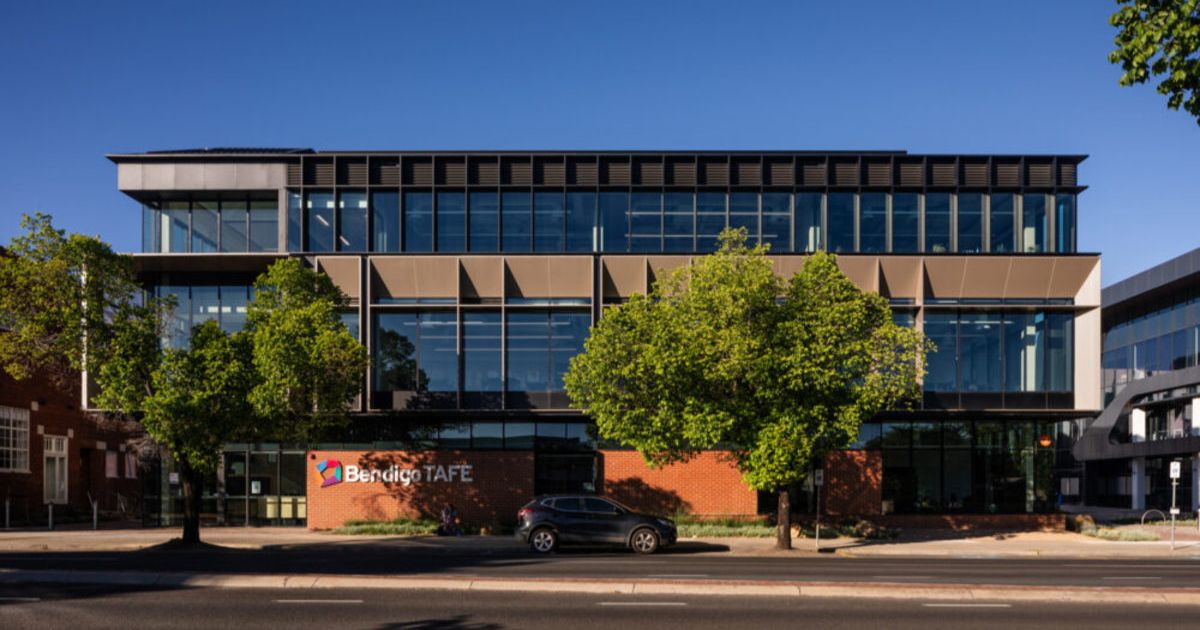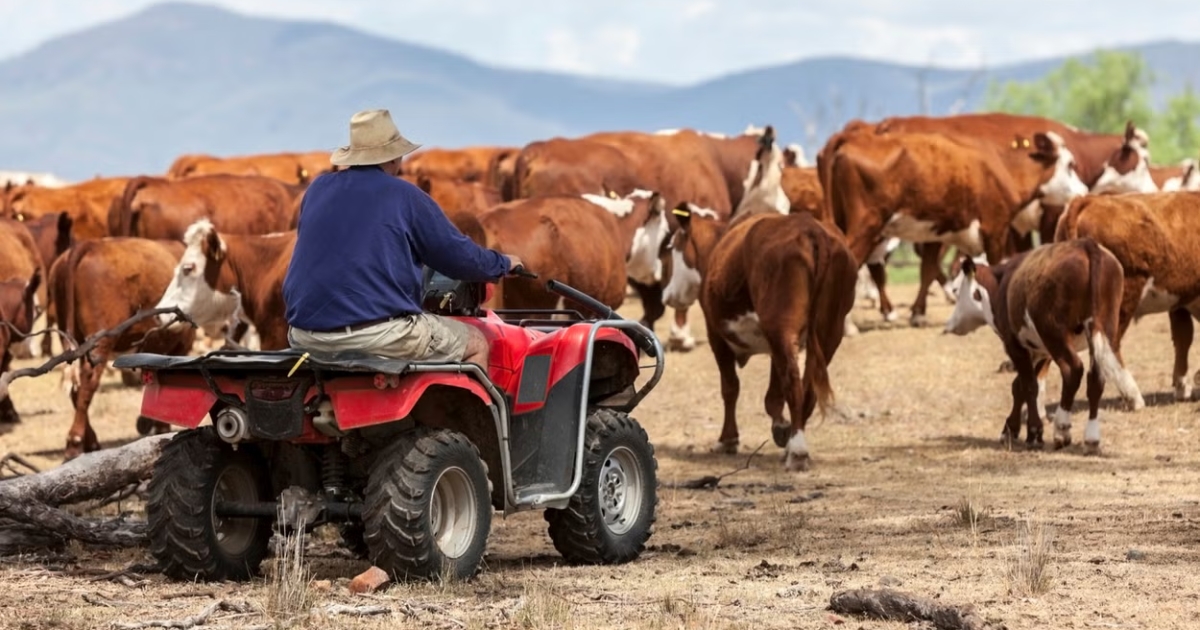Costerfield’s early days
THE small settlement of Costerfield, near Heathcote, had its origins in the goldrush era.
Brothers Peniston and Allen Coster, along with Edwin Field and William Youle, are believed to have been the first to discover gold and antimony in the area in 1861.
They formed Youle, Coster, Field & Co, with William Youle selling his interest in the company in October1863, although he would later again become a shareholder.
At this point the Costers and Field also opened a wholesale and retail store on their claim which sold “grocery, drapery, ironmongery, boots and shoes, slops and crockeryware.”
The town was growing rapidly and over time it would gain hotels, a school, a hall and churches.
In 1865 Coster Field & Co acquired two additional claims and launched the Costerfield Gold and Antimony Mining Company.
Like many of his fellow townsmen, Edwin Field became involved in a number of district organisations, including the cricket club, and he sat on both the railway and Heathcote Hospital committees.
He was also variously a justice of the peace, a local councillor and shire president.
As the 1860s progressed, William Youle embarked on a concerted campaign to discredit Field.
Possibly stung by what appears to be the forced sale of his original interest in the mining company, Youle alleged that Field had consolidated its interests to favour his wife’s family, in particular his father-in-law Thomas Lang.
He focussed on Lang having apparently short-changed mine shareholders by selling antimony below its open-market value.
In a letter to the McIvor Times in May 1869 Youle said “Mr Edwin Field arrived in Heathcote a stranger without sixpence in his pocket.
“He claimed some slight acquaintance with me and was introduced to my home and family.
“There he made himself very agreeable as he is well able to do, and I having failed to discover the whereabouts of an old and faithful mate, took the said Edwin Field into the place he would have occupied to prospect for the Costerfield mine, and the latter by that fortunate chance became owner of one quarter share in one of the richest mines in the colony.”

Youle was a serial complainer who regularly aired his grievances publicly.
He wrote numerous rambling letters to the editor on many subjects, and he was particularly sensitive to any perceived personal slights or injustices.
But in this case he went too far.
In October 1869 Lang sued Youle for libel and was awarded £500 in damages by the Ballarat Circuit Court.
To put this in perspective, in the late 1860s a farm labourer could expect to earn about £50 per year plus rations and many people, especially women, were paid considerably less.
Undeterred, or perhaps keen to recoup his losses, Youle sued Lang for loss of profit in the Supreme Court in early 1870 but was unsuccessful.
In August 1869 the mine workers had shown where their allegiance lay.
The McIvor Times recounted how they had entertained “the manager, Mr Edwin Field, and a few of his friends, at the Costerfield Hotel.”
“The cause of the festivities was a desire on the part of the men employed on the works to mark their respect for Mr Field by presenting him with an address and a still more substantial token of their regard in the shape of a gold watch.”
The company engineer, Mr Frazer, said ” We often meet with people who seem to think that they are right in doing all they can to injure others, but the intensity of their malice is often so great that it would defeat its object if let alone.
“Mr Field has of late been subject to a deal of abuse which we feel he does not deserve, and therefore we resolved to show that our sympathies are with him.”
In response Field replied “I value your testimonial as an answer to the slanders which have been circulated with regard to the working of the mine.”
An 1884 McIvor Times article noted that over a 20 year period the mine had given employment to “large numbers of miners, smelters, wood cutters, carters and others, and has yielded antimony ore to the value of £200,000, gold £60,000, and has returned to the proprietors in the shape of dividends the handsome sum of £40,000.
“Through this discovery a township sprung into existence, and which for years bid fair to put the neighbouring Borough of Heathcote into the shade.”
At this point the mine was becoming inactive, but it would swing in and out of operation over the following decades.
Today Costerfield is satellite of Heathcote in terms of essential services such as health, retail and education, but the mine is once again a major employer in the district.


















